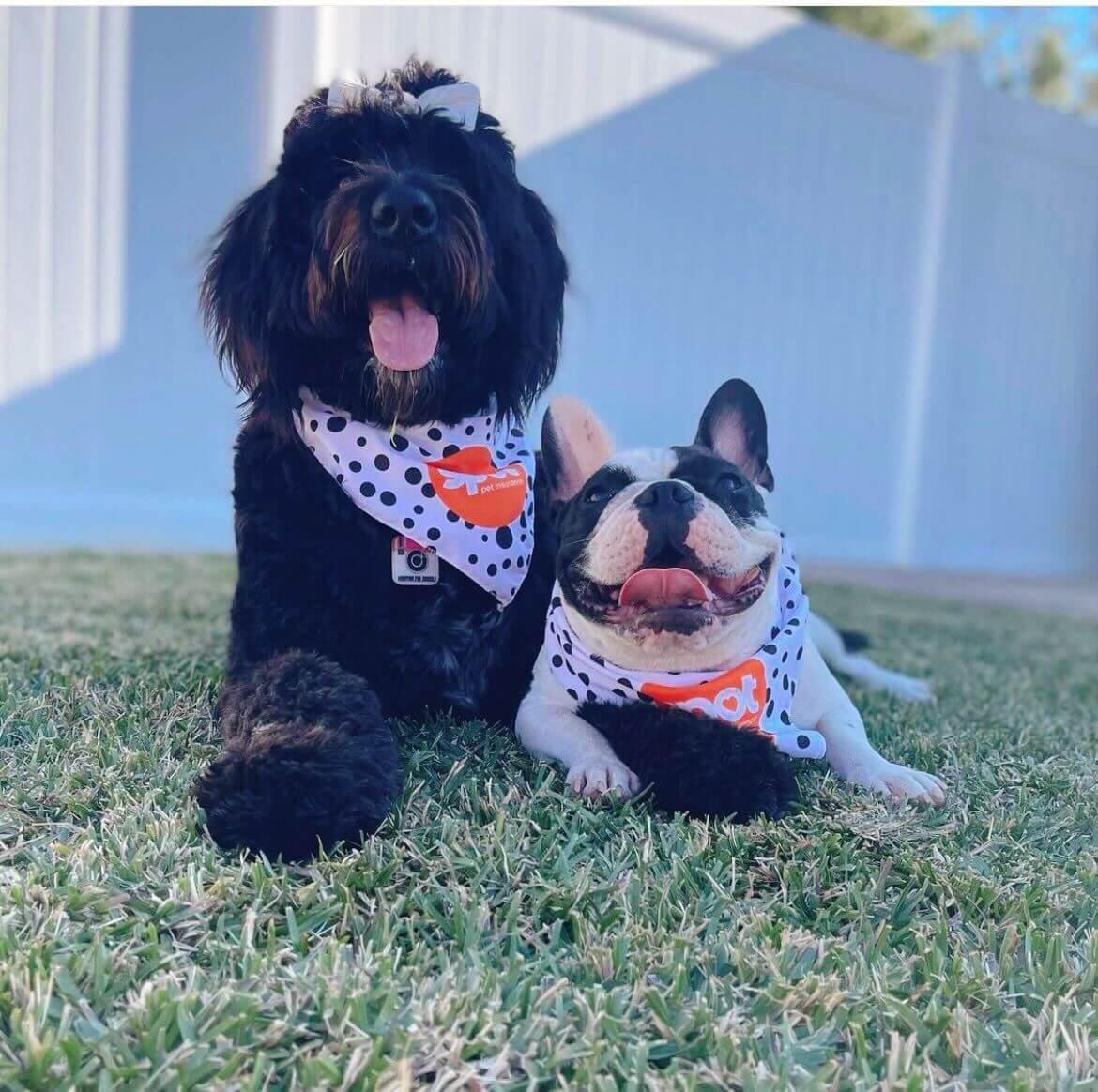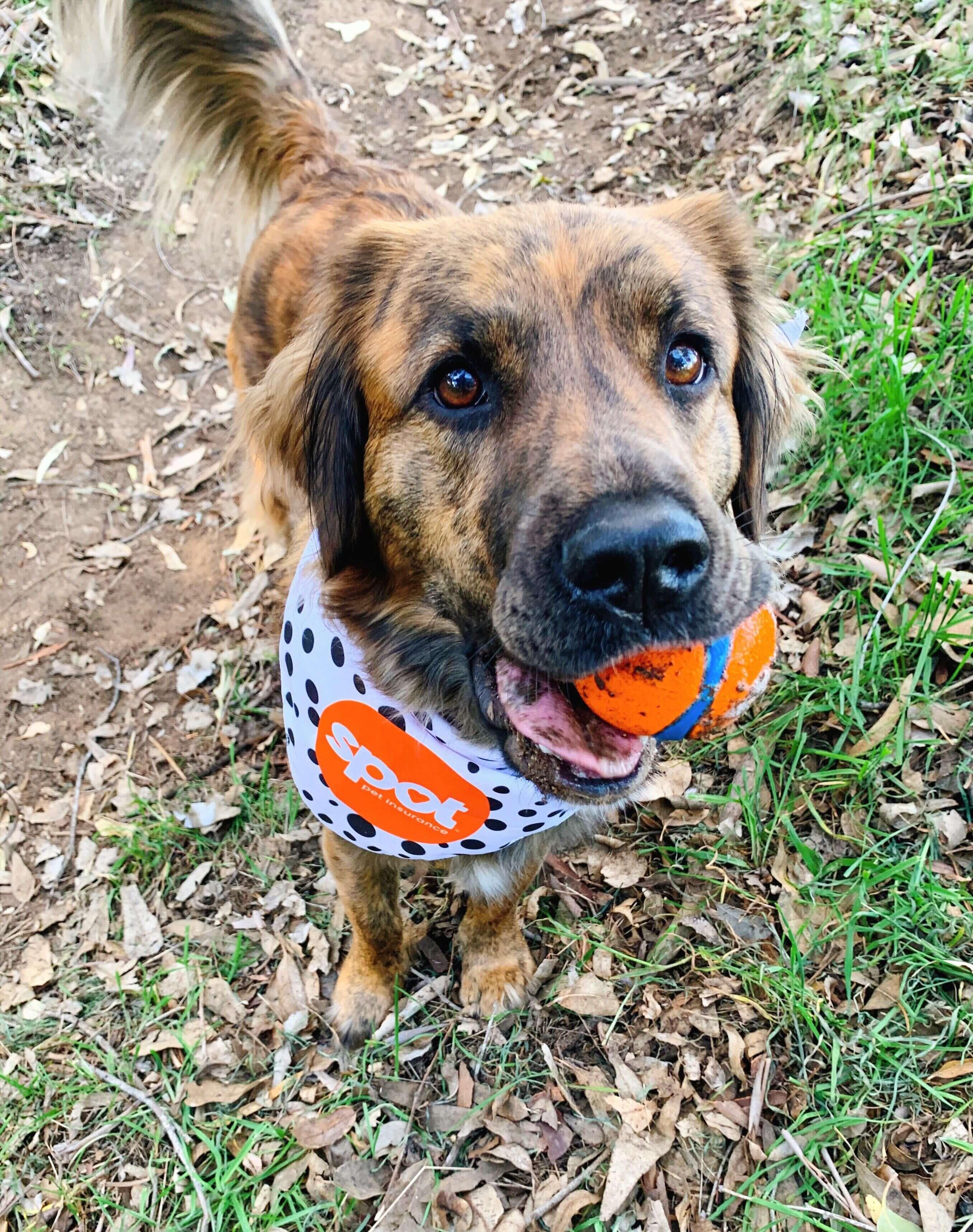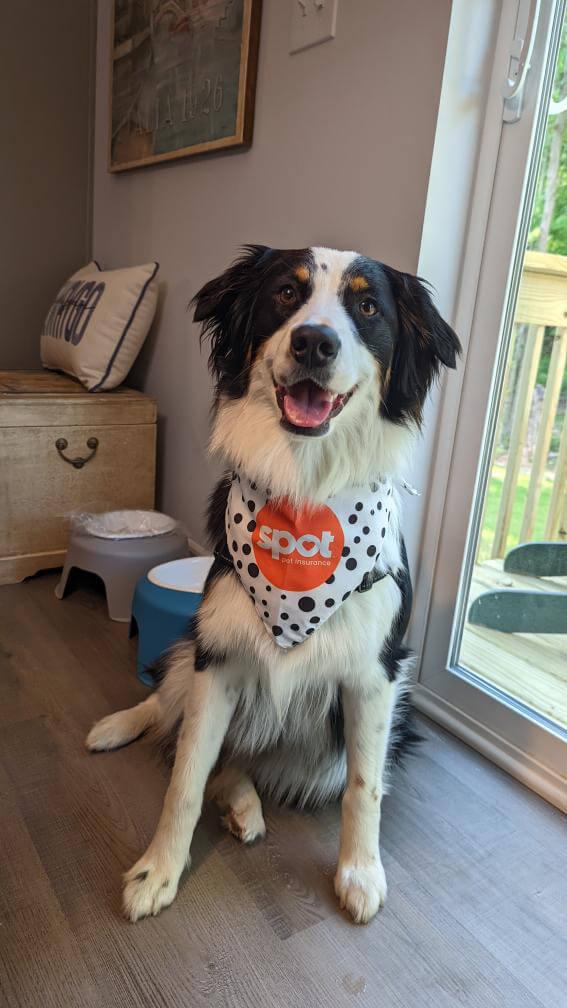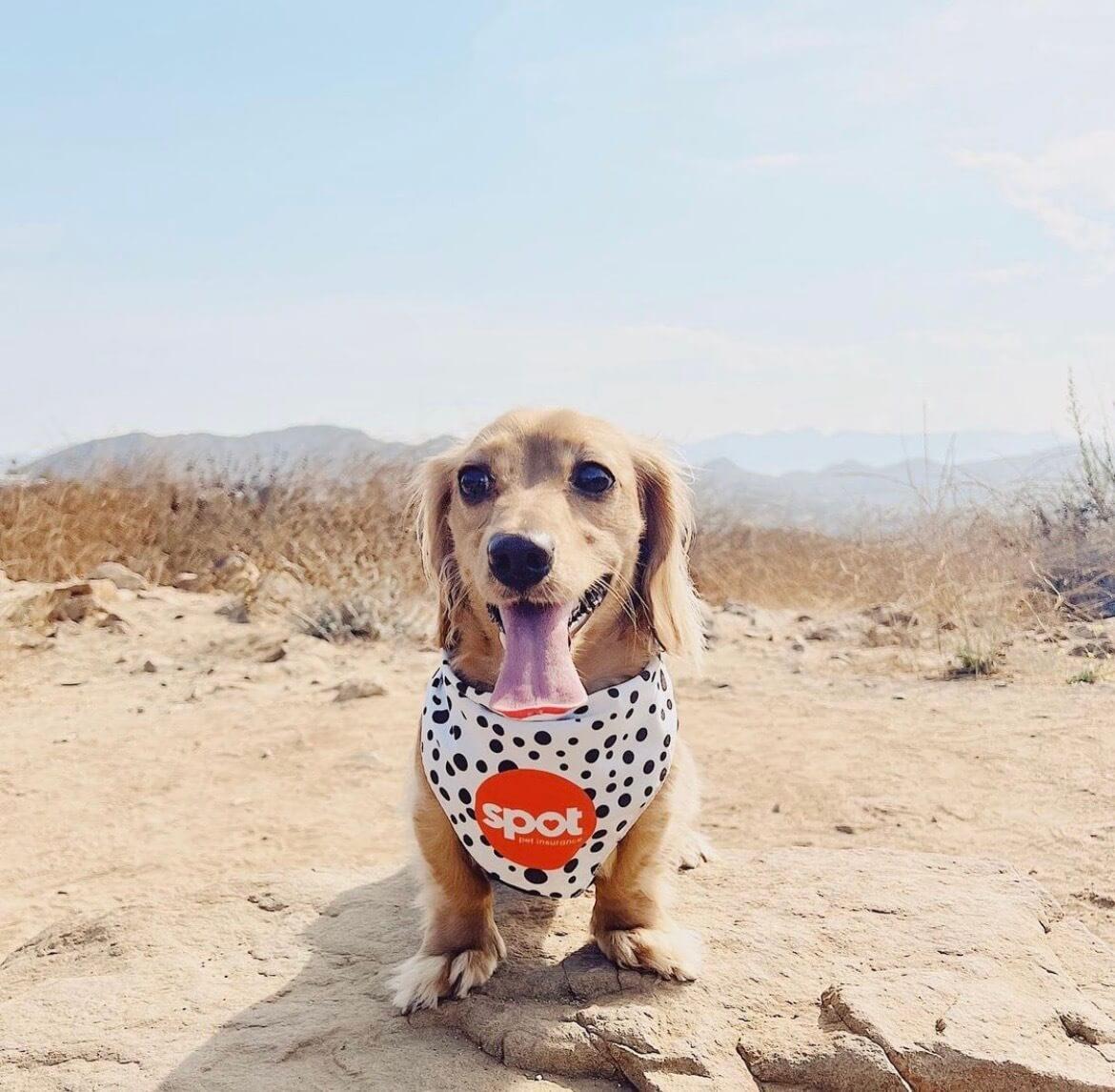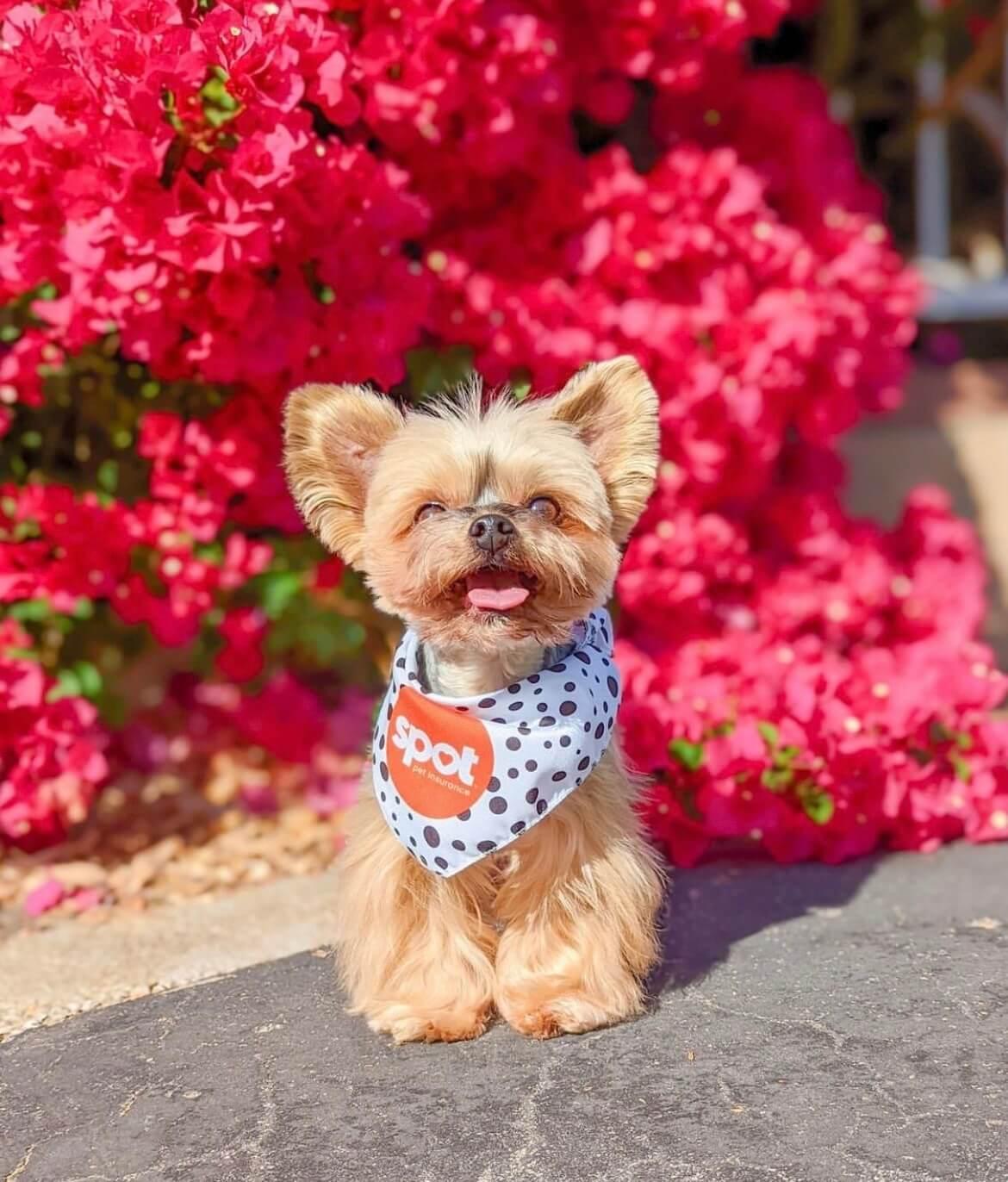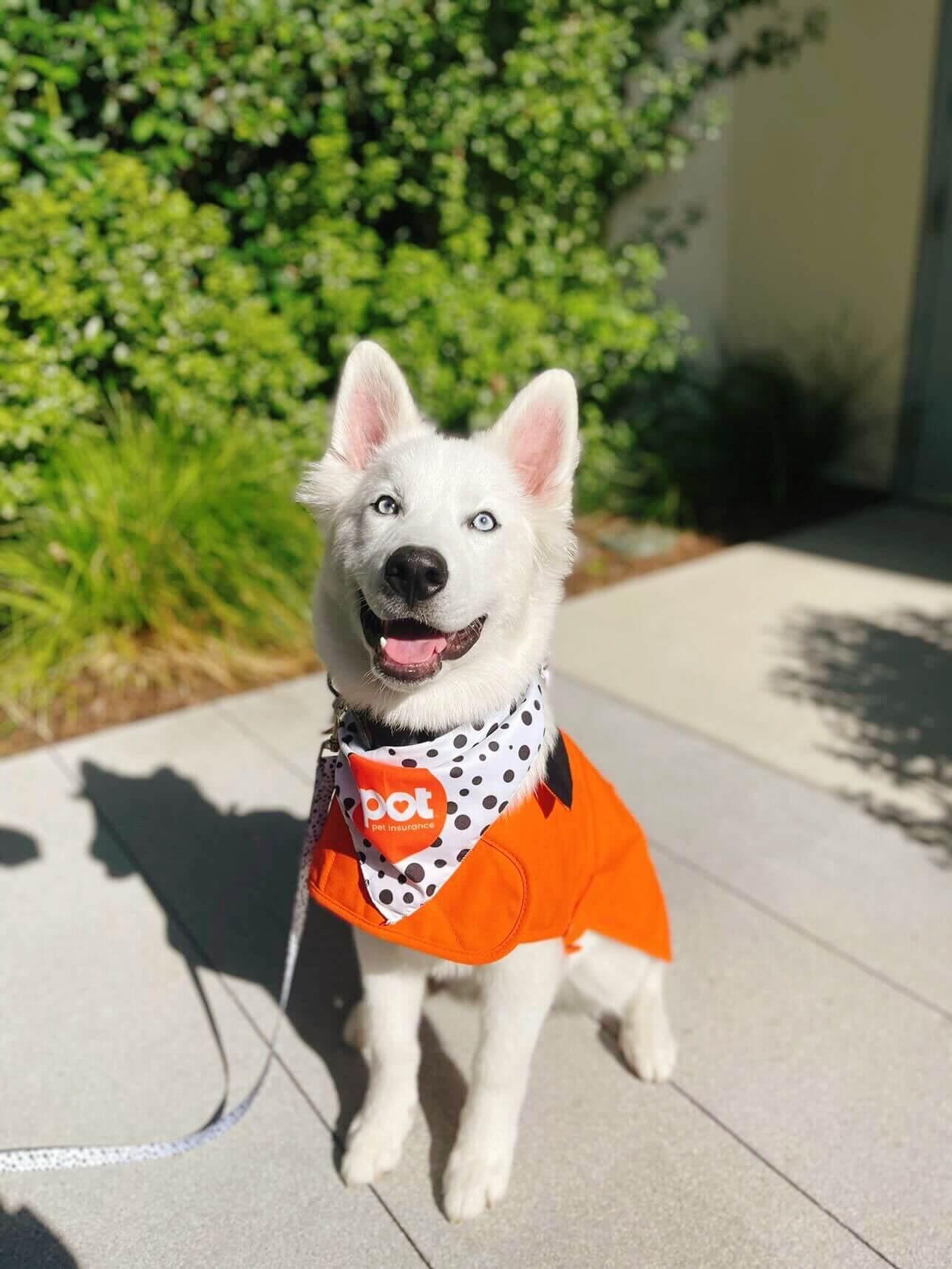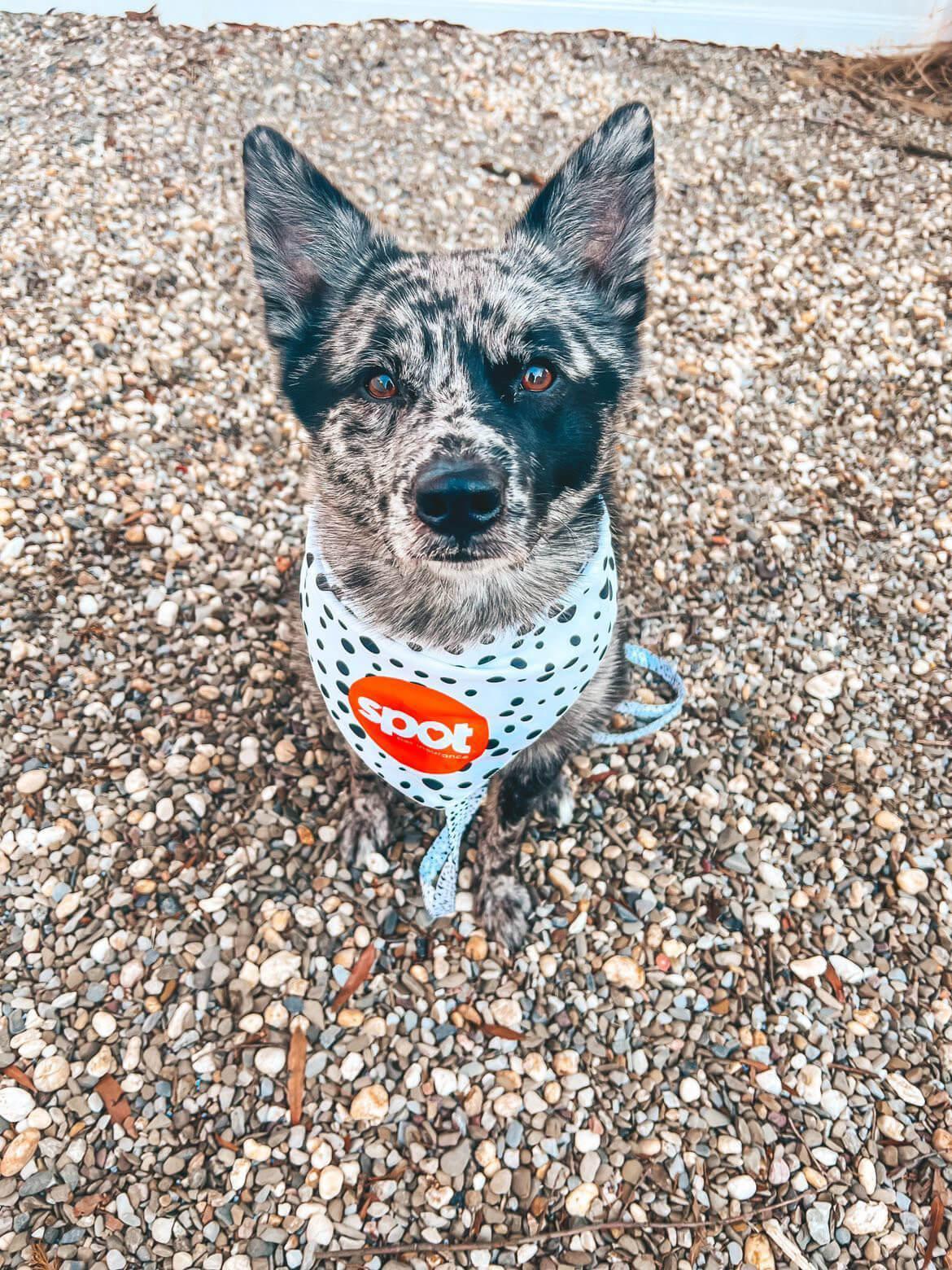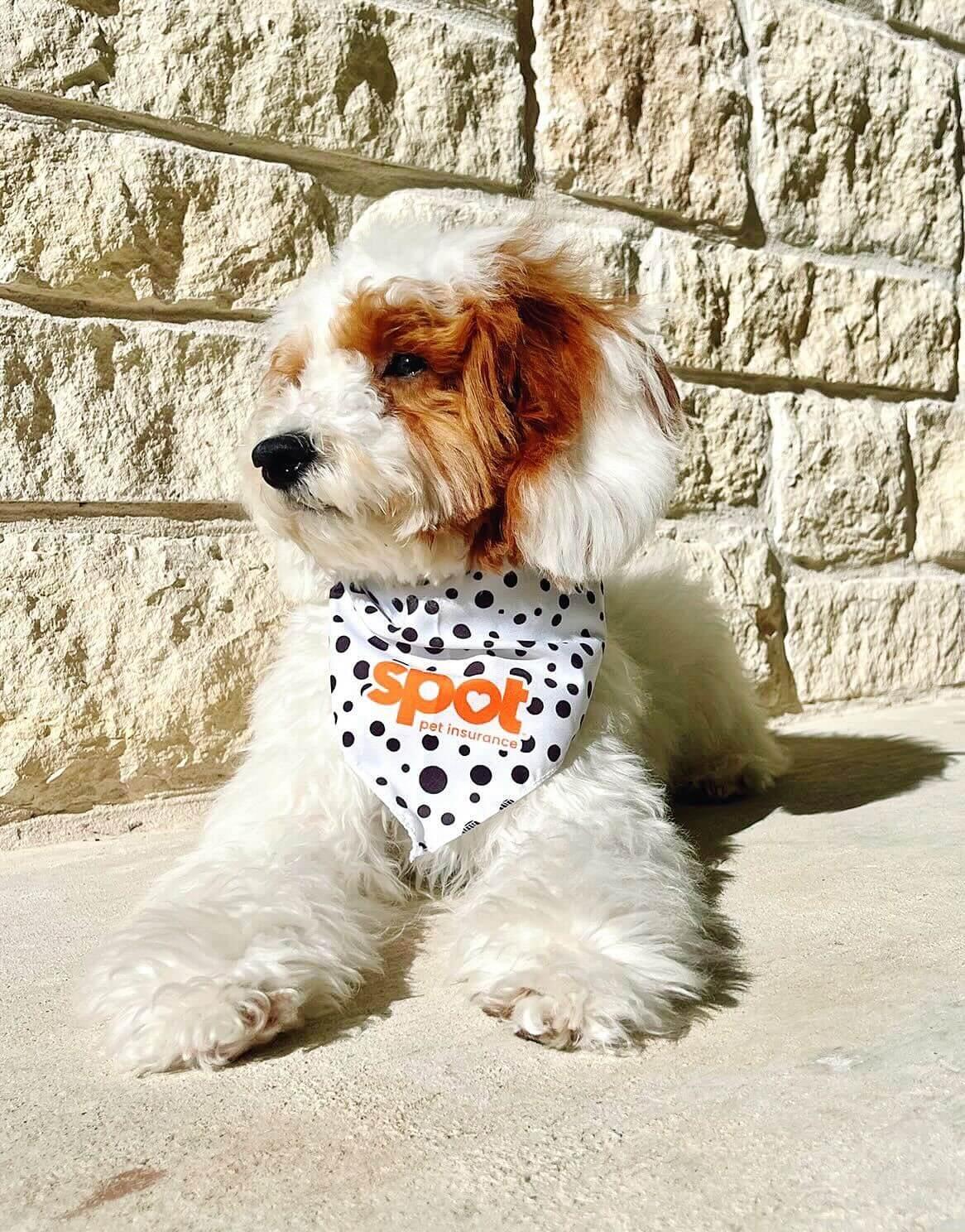The hum of the city, the aroma of street food, the distant wail of a siren – this is the backdrop to the lives of countless DINKWADs (Double Income, No Kids, With A Dog) who call bustling urban centers home. A recent trend sees more and more couples opting for a furry companion over human children, and many choose to do so in the heart of the city. While the vibrant energy of urban life offers unique opportunities for both humans and their four-legged friends, it also presents distinct challenges. This article explores the realities of raising a dog in the city, offering practical advice and solutions to help ensure a happy and healthy life for your canine companion.
The Unique Challenges of City Dog Ownership
Limited Living Space
City living often means limited space. Apartments, rather than sprawling homes, are the norm. This can be a significant change for dogs accustomed to wide-open spaces. Solutions include:
Maximizing indoor exercise with interactive toys
Creating designated play areas
Space-saving dog furniture (like collapsible crates and elevated beds)
Noise and Crowds
The constant noise and crowds of the city can be overwhelming for dogs. Desensitization training, gradually exposing your dog to different sounds and environments, is crucial.
Providing a quiet, safe space at home, away from the hustle and bustle, is also essential for their well-being.
Limited Green Space
Finding enough green space can be a struggle. Discovering hidden pocket parks, using rooftop terraces (if available), and planning regular weekend outings to larger parks can help alleviate this issue.
Remember, even a short walk in a small green space can make a big difference.
City Hazards
Traffic, pollution, and potential toxins on sidewalks require constant awareness. Leash training is crucial and protective gear, like booties for hot pavement or winter salt, can be beneficial.
Awareness of your surroundings is key to avoiding potentially dangerous situations for your pet.
City Regulations and Restrictions
Finally, it is important to stay up-to-date on city regulations and restrictions, like leash laws, breed restrictions, waste disposal ordinances, and noise control. Researching local laws and being a responsible dog parent, always cleaning up after your pet and keeping them under control, is essential for maintaining a harmonious relationship with your neighbors.
Maximizing Urban Living for Your Dog
Creating a Quiet Space
Create a comfortable and safe space for your dog, away from high-traffic areas. Noise reduction measures like thick curtains can help create a calming environment.
Exercise and Enrichment
Exercise and enrichment are crucial in the city. Utilize dog parks and walking routes, and explore indoor exercise options for rainy days or limited space. Consider dog-friendly gyms or indoor play areas.
Socialization and training are also vital. Navigating crowded areas with a well-behaved dog requires patience and consistent training. City-specific training tips, like elevator etiquette and navigating crowded sidewalks, can make a significant difference. Joining local dog groups can provide opportunities for socialization and support.
Utilizing City Amenities
Take advantage of city amenities! Many cafes, shops, and restaurants are dog-friendly. Using pet-friendly transportation, like subways or taxis, can also expand your dog’s horizons. Also, create an emergency plan specific to urban living, including knowing the location of local emergency vet clinics.
Health and Well-being in an Urban Environment
Addressing City-Specific Health Concerns
Pollution and allergies, heatstroke in urban heat islands, and parasite prevention in densely populated areas. Regular grooming and cleaning can help minimize the impact of pollution, and keeping your dog hydrated and cool during hot weather is crucial.
Nutrition and Exercise
Maintaining a healthy weight in a less active environment requires careful attention to nutrition and exercise. Choose appropriate food and supplements, and ensure your dog gets enough physical activity, even if it’s just short walks and indoor play sessions.
Regular Vet Visits
Regular vet visits are essential for preventative care and early detection of health problems. Pet insurance can help alleviate the financial burden of unexpected vet bills, allowing you to prioritize your dog’s health.
Conclusion
Raising a dog in the city presents unique challenges, but the rewards are immeasurable. With careful planning, preparation, and proactive care, urban DINKWADs can provide their canine companions with a happy and fulfilling life. By understanding the specific needs of city dogs and adapting accordingly, you can create a harmonious and enriching environment for both you and your furry friend. Embrace the vibrant energy of the city, and enjoy the unique bond you share with your pet.

With 10 years of experience as a pet parent, I aim to empower pet owners with insights into pet insurance and maintaining their pet's well-being. I aspire to be a trusted source, combining knowledge with a commitment to the welfare of our beloved pets.

